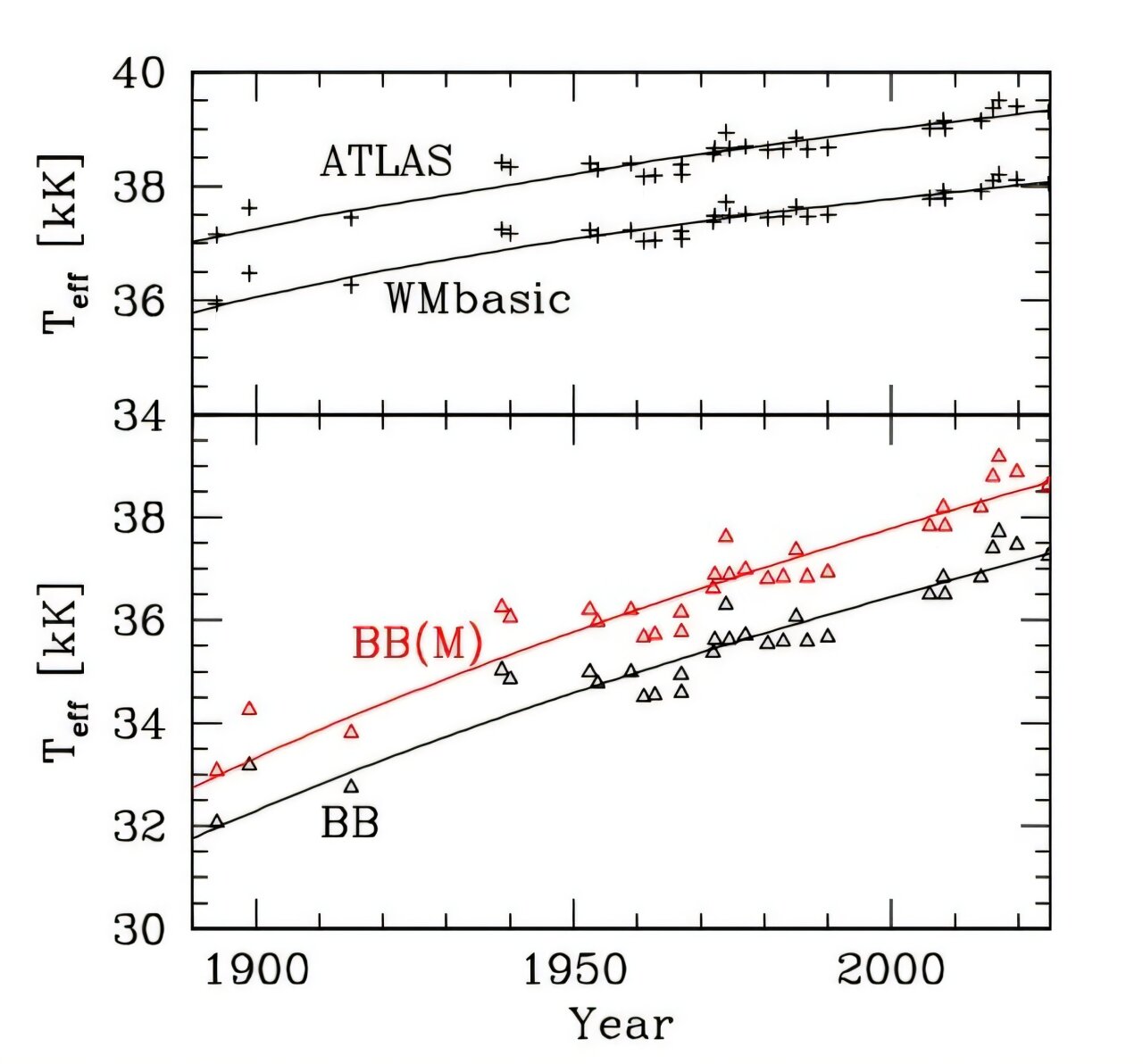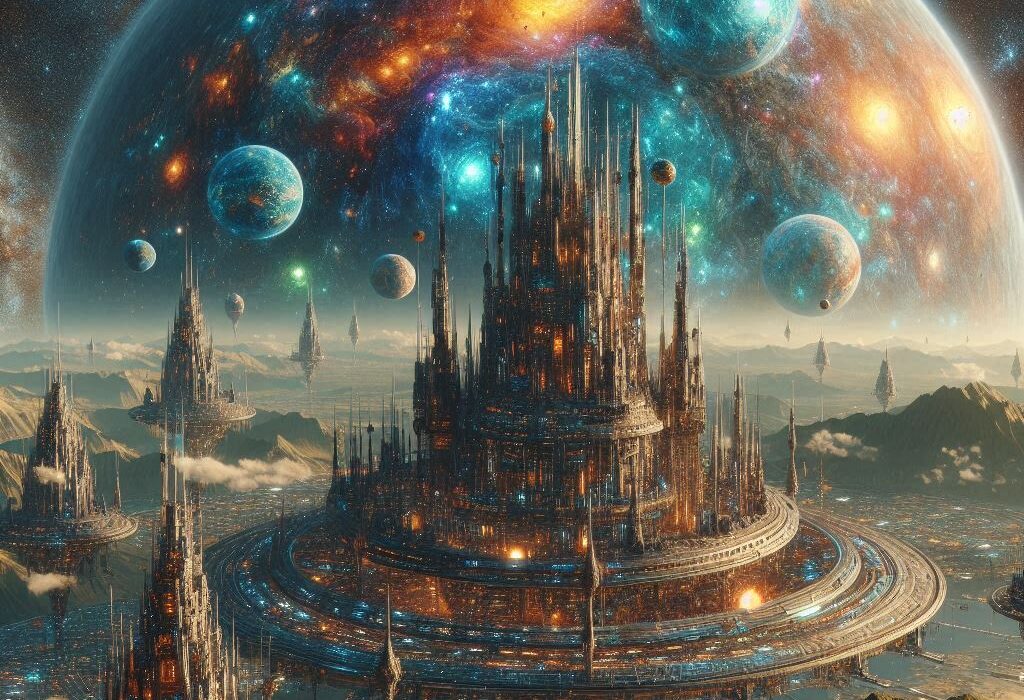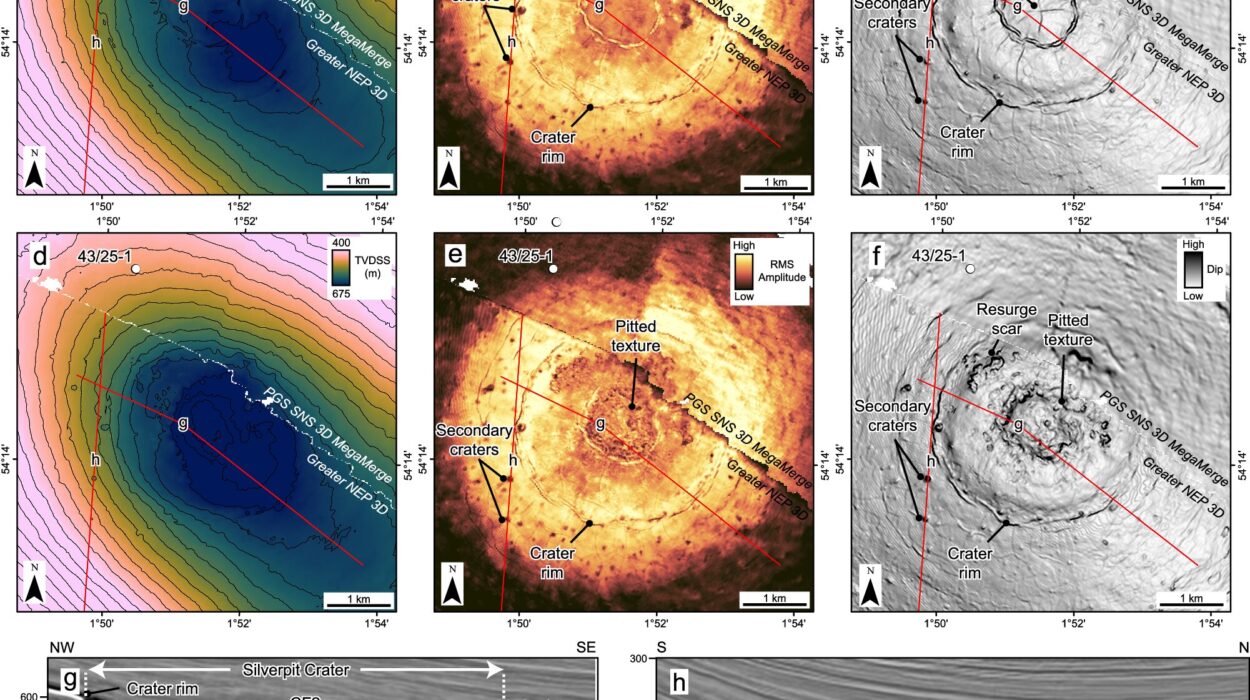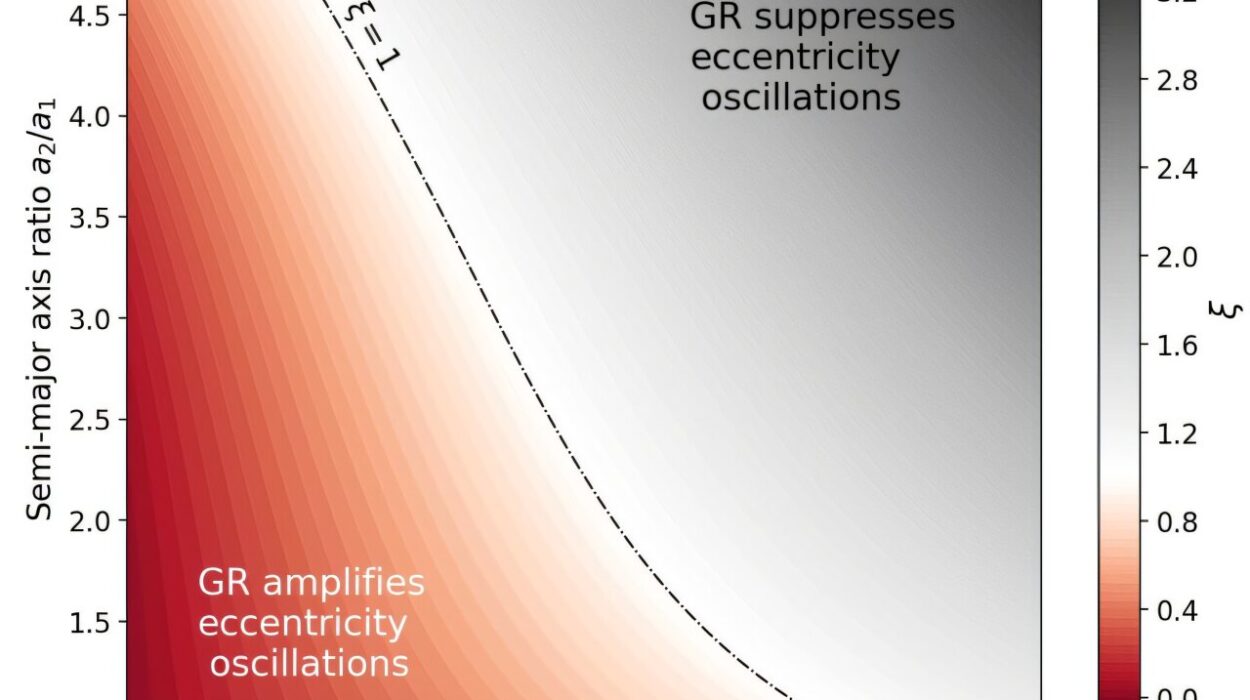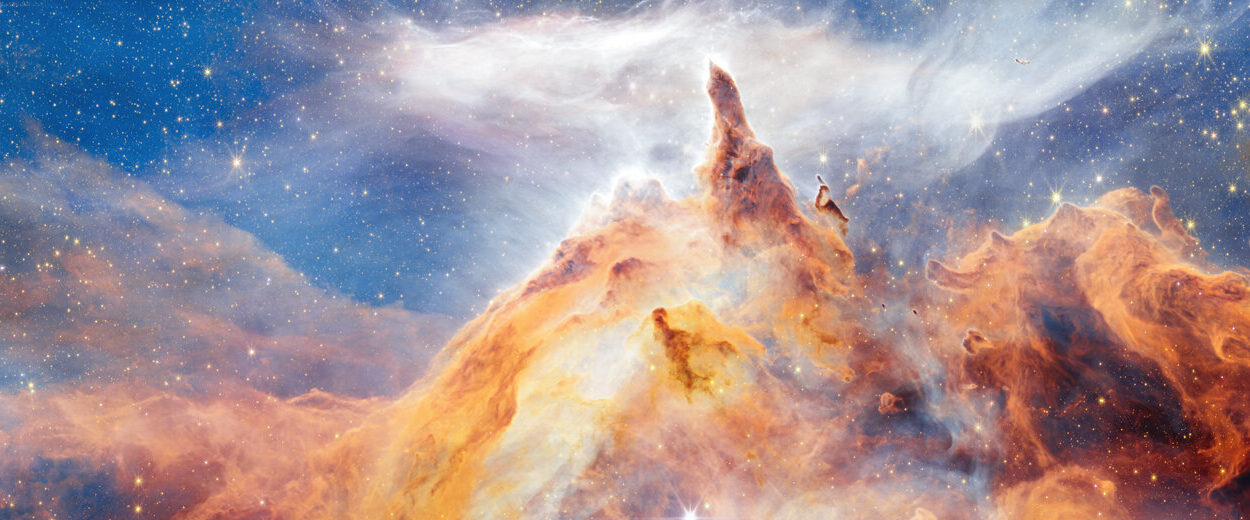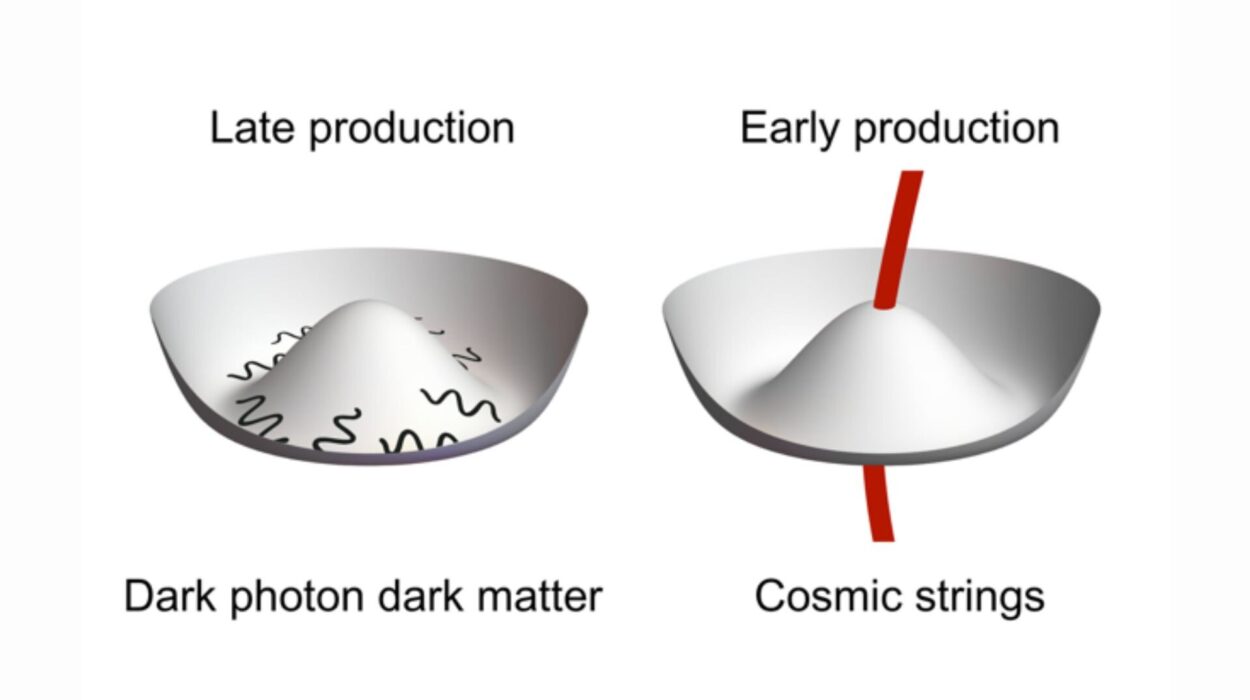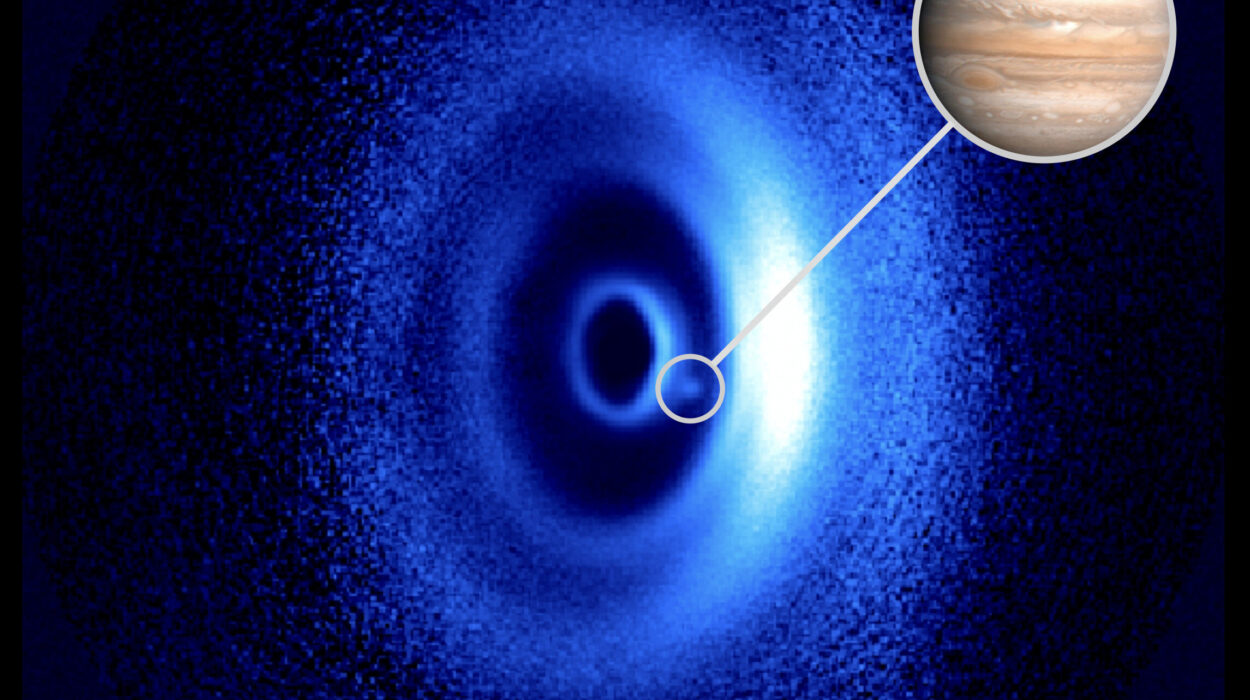If you gaze into the constellation of Lepus, the hare that leaps beneath the feet of mighty Orion, you might find one of the universe’s most dazzling works of art: the Spirograph Nebula, cataloged by astronomers as IC 418. At first glance, it resembles a luminous jewel, glowing with intricate loops of light that seem almost hand-drawn. But this breathtaking sight is not a decorative flourish of the cosmos—it is the dying breath of a star.
Planetary nebulae like IC 418 are not planets at all, despite their misleading name. They are expanding shells of gas and dust, thrown off by a star as it undergoes its final transformation from a red giant into a white dwarf. They are rare, short-lived, and astonishingly beautiful. And now, thanks to more than a century of careful observations, astronomers are unraveling the secrets of how this delicate nebula is evolving before our very eyes.
The Life Cycle of a Star
Stars, like living beings, are born, age, and eventually die. A star like our Sun spends most of its life in the so-called “main sequence” phase, steadily burning hydrogen in its core. But when the fuel runs low, the star swells into a red giant, shedding layers of material into space. Eventually, its outer layers drift away entirely, and what remains is a dense, hot core—a white dwarf—that slowly fades over billions of years.
The material the star ejects doesn’t simply vanish. Under the searing radiation of the central star, the expanding gases glow, producing the mesmerizing phenomenon we call a planetary nebula. These objects are fleeting on cosmic timescales, lasting only a few tens of thousands of years before dispersing into the galaxy.
IC 418, the Spirograph Nebula, is one of the youngest known examples. With an age of just about 1,200 years, it is a newborn in stellar terms, still vibrant and compact. Its bright patterns of light are not static; they are alive with change, shaped by the dramatic heating of its central star.
The Star at the Heart
At the center of IC 418 burns HD 35914, a hot O-type star with a surface temperature of around 37,000 Kelvin—more than six times hotter than the Sun. This star is the sculptor of the nebula, blasting its surroundings with intense ultraviolet light that strips electrons from atoms, causing the gases to glow in rich hues of oxygen, hydrogen, and carbon.
What makes IC 418 extraordinary is not just its beauty but its pace of transformation. A recent study led by Albert A. Zijlstra of the University of Manchester has revealed that the nebula’s central star is heating at a breathtaking rate of 20,000 to 30,000 degrees Kelvin every year. Such rapid heating is reshaping the nebula’s chemistry and light output on timescales so short that humans can witness them across generations.
In the grand span of the universe, this is like watching a flower bloom in real time.
A Century of Watching the Light
The key to uncovering IC 418’s secrets lies in spectroscopy—the art of splitting light into its component colors. By analyzing light, astronomers can identify which elements are present in a star or nebula and how they are changing.
Over the last 130 years, scientists have collected optical spectra of the Spirograph Nebula. By comparing these records, Zijlstra’s team found something remarkable: the strength of oxygen emission lines relative to hydrogen had increased by a factor of 2.5. In other words, the nebula’s glow itself was changing—evidence of the central star’s heating and the evolving ionization of its surrounding shell.
This marks the first time astronomers have tracked such clear, direct, long-term evolution of a planetary nebula’s central star. It is as though we have been keeping a diary of a star’s final transformation, page by page, across more than a century.
A Carbon-Rich Legacy
The new findings also reveal that IC 418 is a carbon-rich nebula, the descendant of a star that once swelled into a carbon-rich red giant. Its central star now weighs about 0.57 times the mass of the Sun, but its progenitor was likely a star 1.25 to 1.55 times the Sun’s mass before shedding its outer layers.
This is more than an academic curiosity. Planetary nebulae like IC 418 play a crucial role in the galactic ecosystem, recycling elements such as carbon into interstellar space. Those atoms will one day be incorporated into new stars, planets, and even living beings. The carbon in your cells may once have been forged in the heart of a long-dead star and scattered into the galaxy through a nebula like this one.
The study suggests that our understanding of carbon-star formation may need revision, particularly regarding the minimum stellar mass required to produce such stars at solar metallicity. Each observation of IC 418 not only illuminates its story but reshapes our broader knowledge of how stars live and die.
The Poetry of Stellar Death
There is something profoundly moving in watching a star’s death become a canvas of beauty. The Spirograph Nebula glows brightly not because its star is alive, but because it is dying. Its delicate loops and shimmering patterns are the farewell letters of a star that once burned with steady light, a star not so different from our own Sun.
To look at IC 418 is to glimpse the future of the Sun itself, billions of years from now. When our star exhausts its fuel, it too will swell, shed its outer layers, and leave behind a white dwarf enveloped in a glowing shroud. The Earth may be long gone by then, but somewhere in the galaxy, perhaps another civilization will look up and marvel at the nebula our Sun creates.
A Living Laboratory
IC 418 reminds us that the universe is not static, but dynamic and alive with change. To capture evolution on human timescales—whether in the shifting glow of a nebula or the heating of a star—is a rare gift. Most astronomical phenomena unfold too slowly for us to perceive, but here we are, privileged witnesses to stellar transformation in progress.
The Spirograph Nebula is more than a subject of research. It is a living laboratory, a cosmic classroom that teaches us not only about stars and galaxies but about our own place in the grand cycle of matter and energy. We are, after all, made of the same stardust now drifting in IC 418’s luminous shell.
Conclusion: A Star’s Last Gift
In the end, the Spirograph Nebula is both science and poetry. It is the data-rich object of rigorous study, revealing the chemistry, physics, and evolution of stars. Yet it is also a luminous reminder of beauty in impermanence, of creation born out of destruction.
Through the lens of spectroscopy and the patience of generations of astronomers, we have watched IC 418 change. Its story is not finished; it continues to unfold in light, a reminder that the universe is never still.
Science gives us the tools to measure and explain, but it also gives us wonder. And as we look at the glowing curves of the Spirograph Nebula, we are reminded that even in death, a star can write its story across the sky in light that will shine for millennia.
More information: Albert A. Zijlstra et al., The Secular Evolution of Planetary Nebula IC 418 and Its Implications for Carbon Star Formation, The Astrophysical Journal Letters (2025). DOI: 10.3847/2041-8213/adf62b
